Types of Distributed Systems
Types of Distributed Systems
A distributed system is also known as distributed computer science and distributed databases; independent components that interact with other different machines that exchange messages to achieve common goals. As such, the distributed system appears to the end-user like an interface or a computer. Together the system can maximize resources and information while preventing system failure and did not affect service availability.
1. Distributed Computing System:
This distributed system is used in performance computation which requires high computing.
- Cluster Computing: A collection of connected computers that work together as a unit to perform operations together, functioning in a single system. Clusters are generally connected quickly via local area networks & each node is running the same operating system.
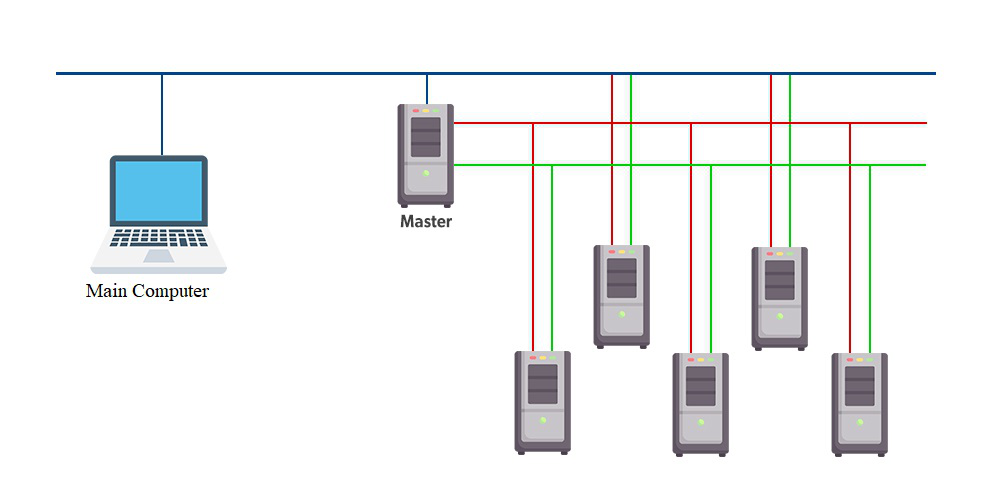
When input comes from a client to the main computer, the master CPU divides the task into simple jobs and send it to slaves note to do it when the jobs are done by the slave nodes, they send back to the master node, and then it shows the result to the main computer.
Advantages:
- High Performance
- Easy to manage
- Scalable
- Expandability
- Availability
- Flexibility
Disadvantages:
- High cost
- The problem in finding fault
- More space is needed
Applications of Cluster Computing:
- In many web applications functionalities such as Security, Search Engines, Database servers, web servers, proxy, and email.
- It is flexible to allocate works as small data tasks for processing.
- Assist and help to solve complex computational problems
- Cluster computing can be used in weather modeling
- Earthquake, Nuclear, Simulation, and tornado forecast
- Grid computing: In grid computing, the subgroup consists of distributed systems, which are often set up as a network of computer systems, each system can belong to a different administrative domain and can differ greatly in terms of hardware, software, and implementation network technology.
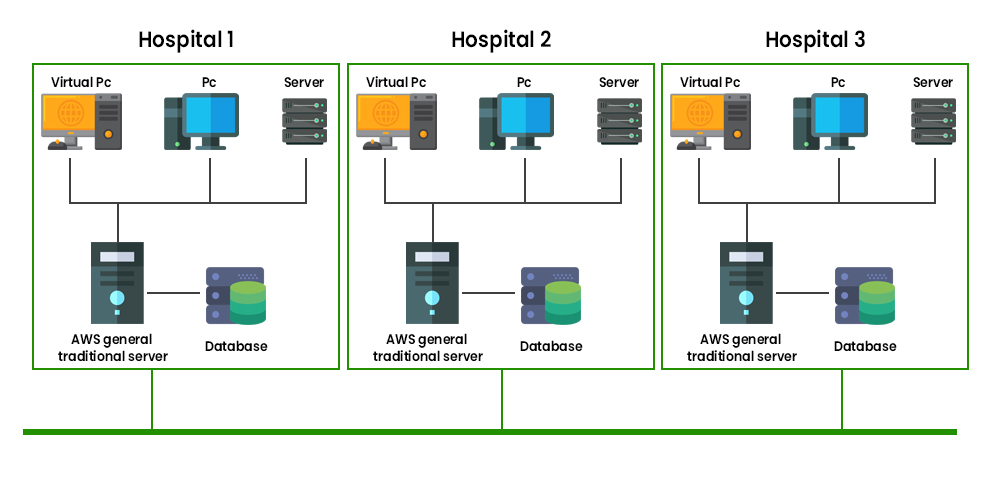
The different department has a different computer with different OS to mage the control node is present which help different computer with different OS to communicate with each other and transfer messages to work.
Advantages:
- Can solve bigger and more complex problems in a shorter time frame. Easier collaboration with other organizations and better use of existing equipment
Disadvantages:
- Grid software and standards continue to evolve
- Getting started learning curve
- Non-interactive job submission
- You may need a fast connection between computer resources.
- Licensing on many servers can be prohibitive for some applications.
Applications of Grid Computing
- Organizations that develop grid standards and practices for the guild line.
- Works as a middle-ware solution for connecting different businesses.
- It is a solution-based solution that can meet computing, data, and network needs.
2. Distributed Information System:
- Distributed transaction processing: It works across different servers using multiple communication models. The four characteristics that transactions have:
- Atomic: the transaction taking place must be indivisible for the others
- Consistent: The transaction should be consistent after the transaction has been done
- Isolated: A transaction must not interfere with another transaction
- Durable: Once an engaged transaction, the changes are permanent. Transactions are often constructed as several sub-transactions, jointly forming a nested transaction.
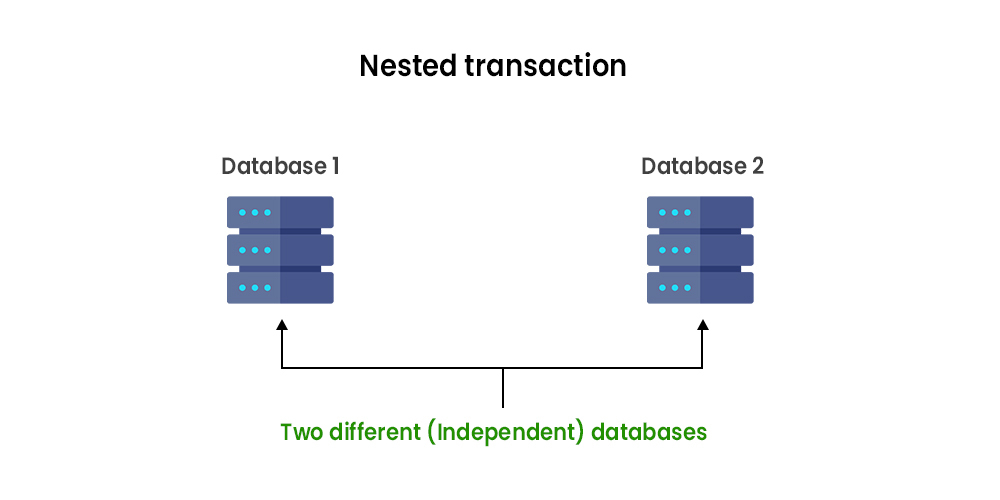
Each database can perform its own individual query containing data retrieval from two different databases to give one single result
In the company’s middleware systems, the component that manages distributed (or nested) transactions has formed the application integration core at the server or database. This was referred to as the Transaction Processing Monitor(TP Monitor). Its main task was to allow an application to access multiple servers/databases by providing a transactional programming model. Many requests are sent to the database to get the result, to ensure each request gets successfully executed and deliver result to each request, this work is handled by the TP Monitor.
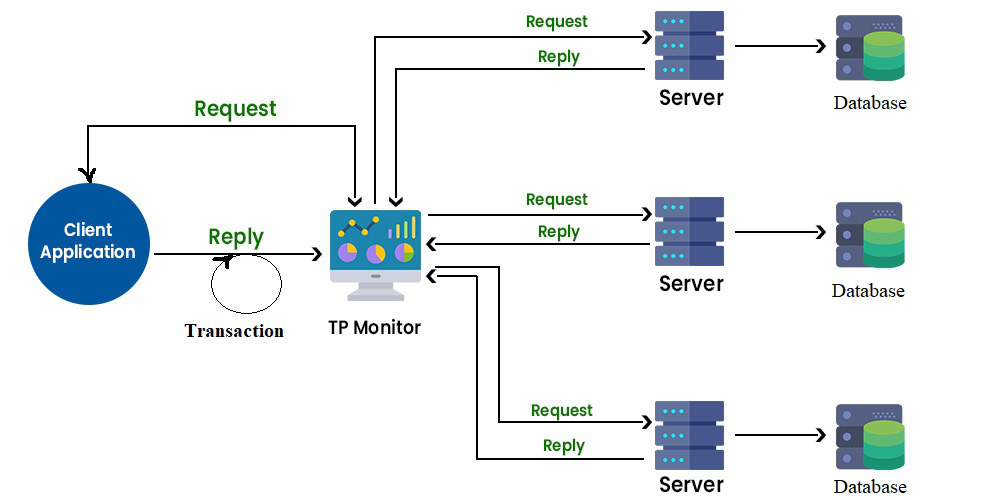
- Enterprise application integration: Enterprise Application Integration (EAI) is the process of bringing different businesses together. The databases and workflows associated with business applications ensure that the business uses information consistently and changes in data done by one business application are reflected correctly in another’s. Many organizations collect different data from different plate forms in the internal systems and then they use those data are used in the Trading system /physical medium.
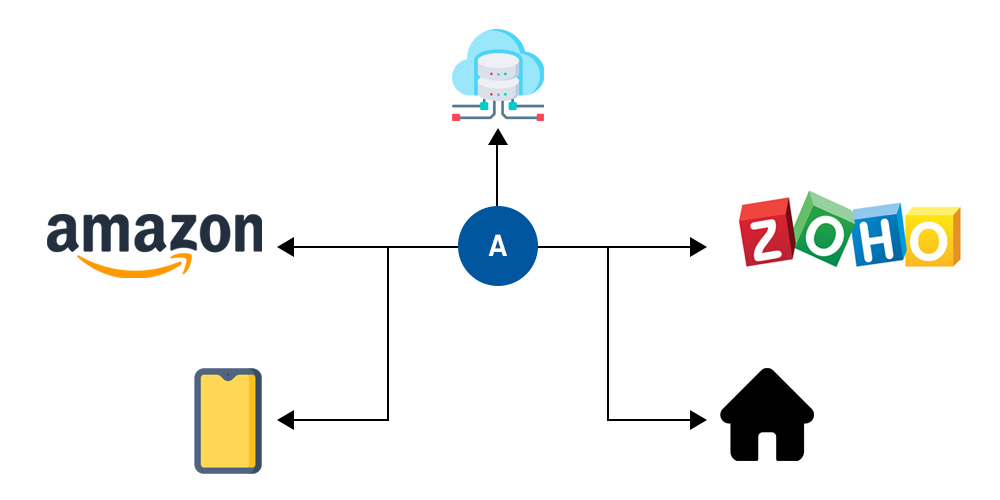
- RPC: Remote Procedure Calls (RPC), a software element that sends a request to every other software element with the aid of using creating a nearby method name and retrieving the data Which is now known as remote method invocation (RMI). An app can have a different database for managing different data and then they can communicate to each other on different platforms. Suppose, if you login into your android device and watching you’re a video on YouTube then you go to your laptop open YouTube you can see the same video is in your watch list. RPC and RMI have the disadvantage that sender and receiver must be running at the time for communication.
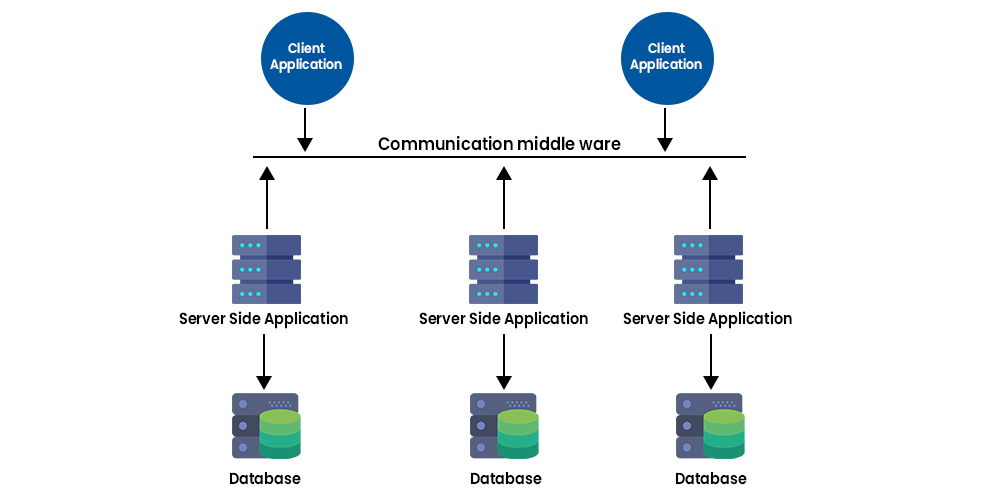
Purposes:
- Targets the application rules and implements them in the EAI system so that even if one of the lines of business applications is replaced by the application of another vendor.
- An EAI system can use a group of applications as a front end, provide only one, consistent access interface to those applications, and protect users from learning how to use different software packages.
3. Distributed Pervasive System:
Pervasive Computing is also abbreviated as ubiquitous (Changed and removed) computing and it is the new step towards integrating everyday objects with microprocessors so that this information can communicate. a computer system available anywhere in the company or as a generally available consumer system that looks like that same everywhere with the same functionality but that operates from computing power, storage, and locations across the globe.
- Home system: Nowadays many devices used in the home are being digital so that we can control them from anywhere and effectively.
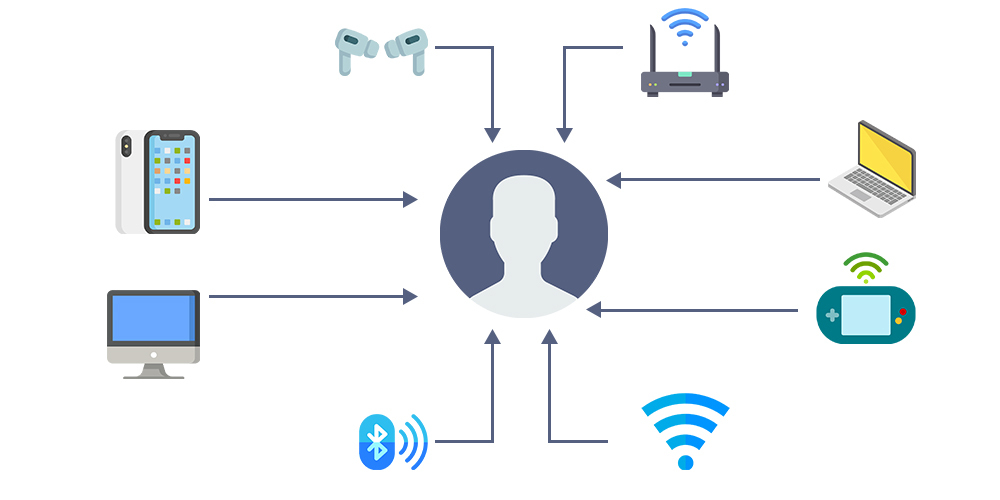
- Electronic health system: Nowadays smart medical wearable devices are also present through which we can monitor our health regularly.
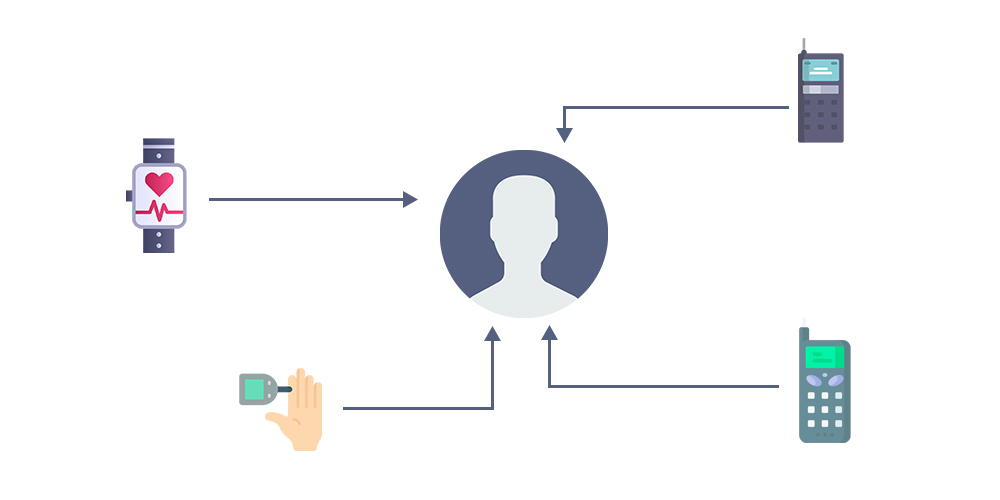
- Sensor network (IoT devices): Internet devices only send data to the client to act according to the data send to the device.
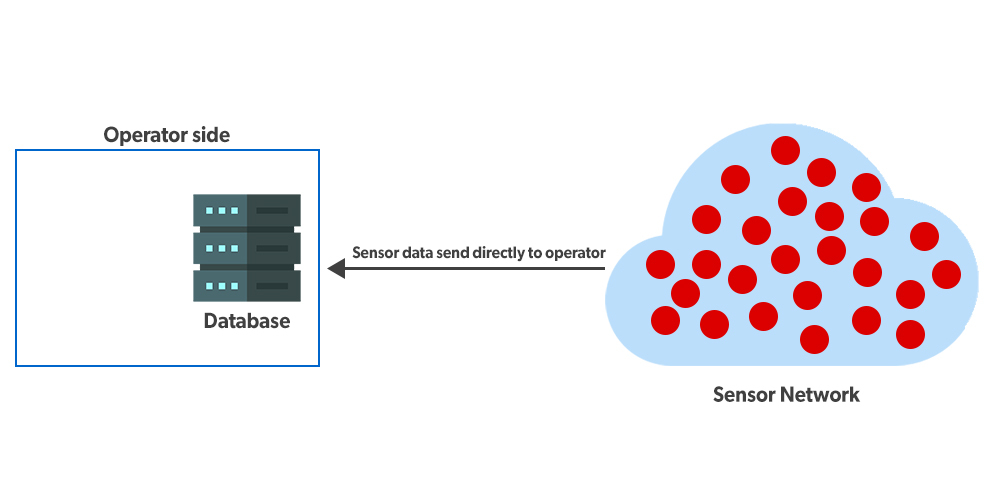
- Before sensory devices only send and send data to the client but now, they can store and process the data to manage it efficiently.
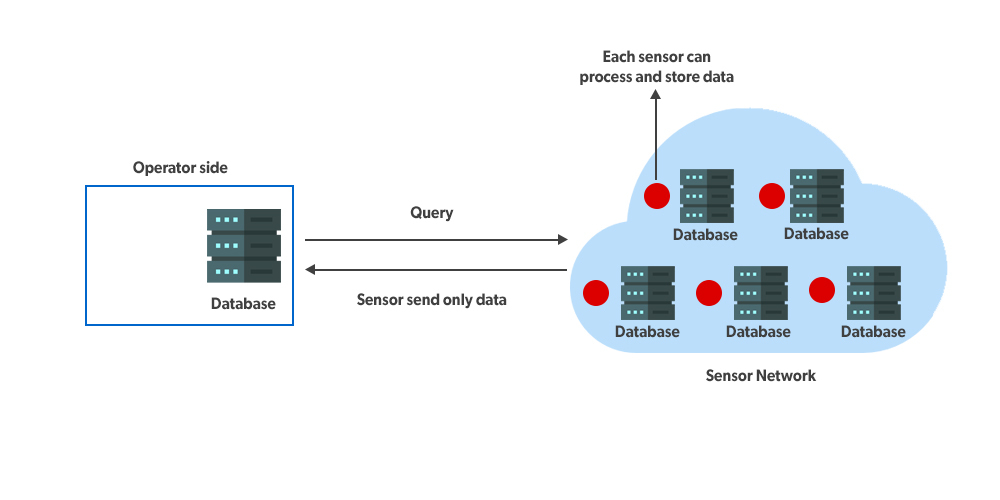

No comments: